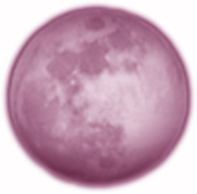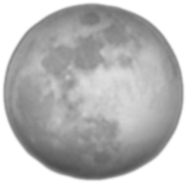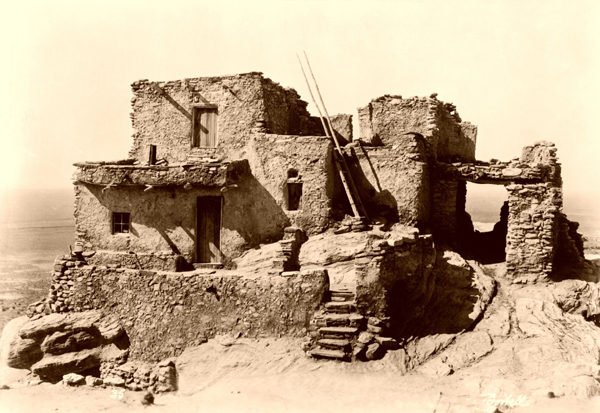
From The Old Farmer’s Almanac:
Each month, we will explain the traditional names of the full Moon along with some fascinating Moon facts. This month, learn about the Full Pink Moon, and the Best Days to do certain activities based on the Moon’s phases.
BACK EAST
Historically, the Native Americans who lived in the area that is now the northern and eastern United States kept track of the seasons by giving distinctive names to the recurring full Moons.
Each full Moon name was applied to the entire lunar month in which it occurred.
These names, and some variations, were used by the Algonquin tribes from New England to Lake Superior.
April’s moon is called the “Full Pink Moon”
This full Moon heralded the appearance of the moss pink, or wild ground phlox—one of the first spring flowers. It is also known as the Sprouting Grass Moon, the Egg Moon, and the Fish Moon.
OUT WEST
From Western Washington University:
American Indians gave names to each of the full moons to keep track of the passing year. The names are associated with the entire month until the next full moon occurs. Since a lunar month averages 29 days, the dates of the moons change from year to year. Here [is the information from one tribe.]
Apache, Southern Plains
According to WWU, in the Apache language the name for April’s Moon is: “Moon of the Big Leaves.”







